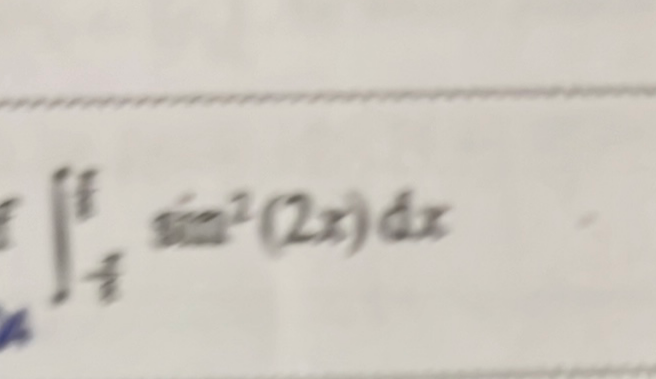AI tutor
Full solution
Q.
Evaluate the integral:
- Apply power-reduction identity: Use the power-reduction identity for sine to simplify the integral.The power-reduction identity for is .So, .
- Rewrite integral: Rewrite the integral using the power-reduction identity.
- Split into two integrals: Split the integral into two separate integrals. \int_{\(4\)}^{\(1\)}\left(\frac{\(1\)}{\(2\)} - \frac{\(1\)}{\(2\)}\cos(\(4x)\right)dx = \frac{}{} \int_{}^{}dx - \frac{}{} \int_{}^{}\cos(x)dx
- Evaluate first integral: Evaluate the first integral.The integral of with respect to is . So,
- Evaluate second integral: Evaluate the second integral.The integral of with respect to is . So, .
- Combine results: Combine the results from Step and Step .The final result of the integral is .
- Correct limits: Notice that the limits of integration are in the wrong order; they should be from the lower limit to the higher limit.We need to switch the limits of integration and change the sign of the result.The correct integral should be , which means we need to take the negative of the result we found.

